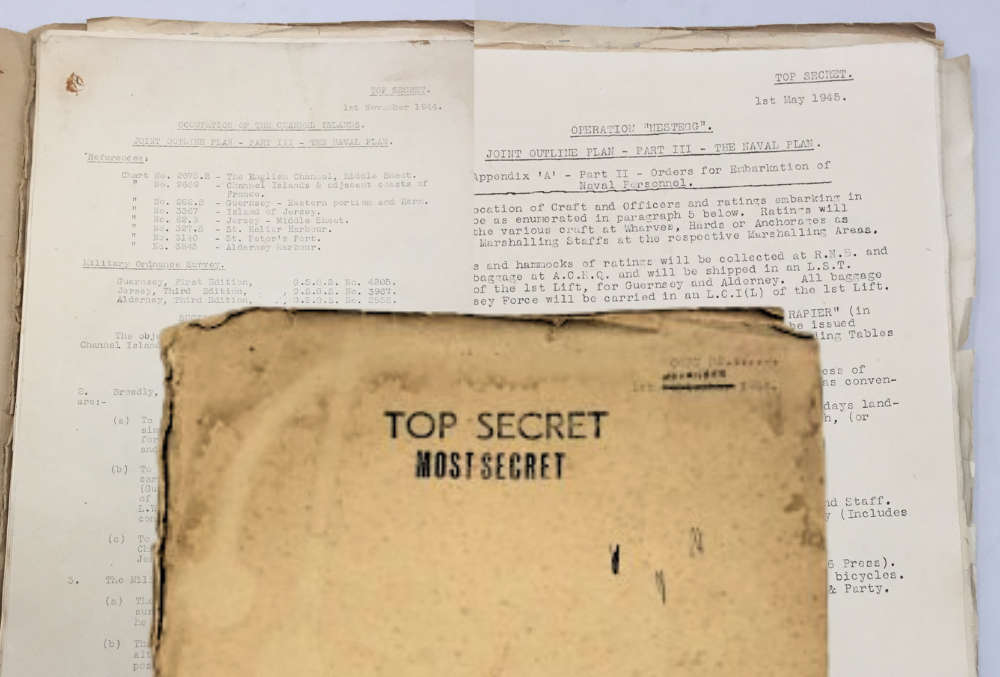
The blueprint for 'Operation Nestegg' was found in a cardboard box at a UK auctioneers.
In 1943 the Allies considered invading the Channel Islands, but the plan was abandoned because of the inevitable mass civilian and military casualties.
But as the war progressed and the Germans were in retreat, an Allied victory was certain.
This is when plans to take the islands from the Germans were drawn up, code named Operation Nestegg and stamped 'Top Secret, Most Secret.'
Earlier this year the 50 page document was found in a cardboard box at auctioneers Hansons in Derby, a coincidence given it is the 80th anniversary of Liberation.
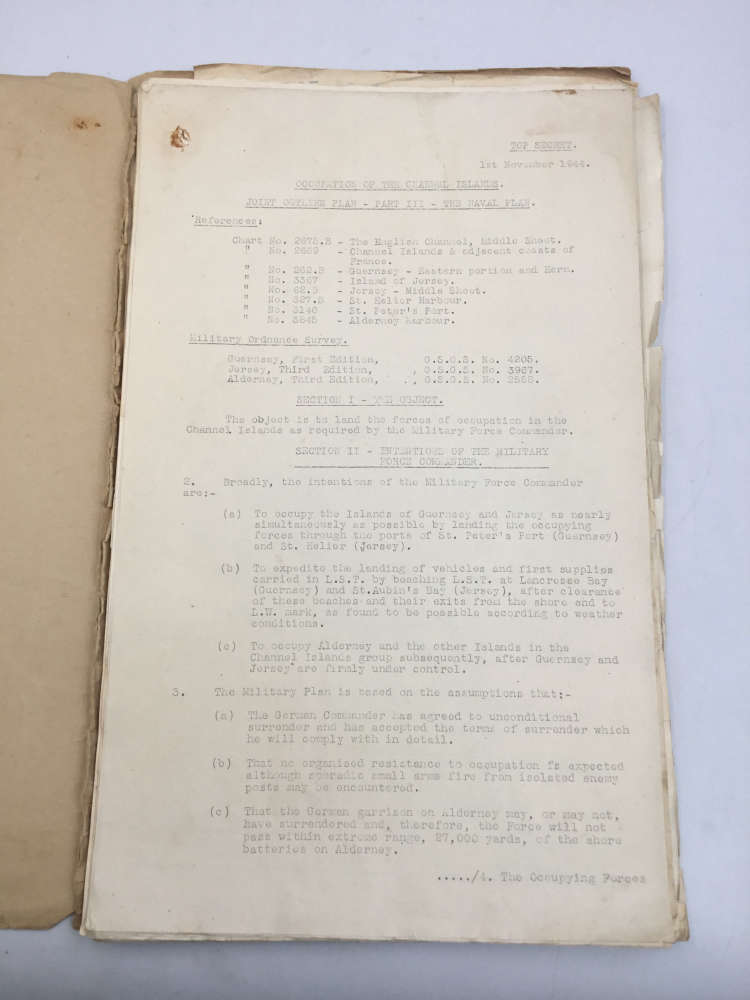
Matt Crowson is their military expert:
"The document had been part of a dusty box of papers in a UK saleroom, the value of which was considered negligible.
"But on closer examination the vendor came across a piece of WWII history detailing the freeing of the only Nazi-occupied area of the UK.”
This was not an invasion, but a show of strength, carefully coordinated, to wrest power from the German High Command.
Nestegg outlines exactly how this was to be achieved, with 700 troops coming ashore simultaneously in the two island capitals.
It goes into minute detail about the kit the troops were to carry and the rations they would go ashore with:
'Personnel will embark and land in khaki working dress of regulation pattern.
'Officers in No. 5s, or working dress as convenient.
'All personnel will carry large and small packs, 2 days landing rations, water bottle (filled to capacity), mackintosh (or oilskin) ground sheet and Army type blanket.'
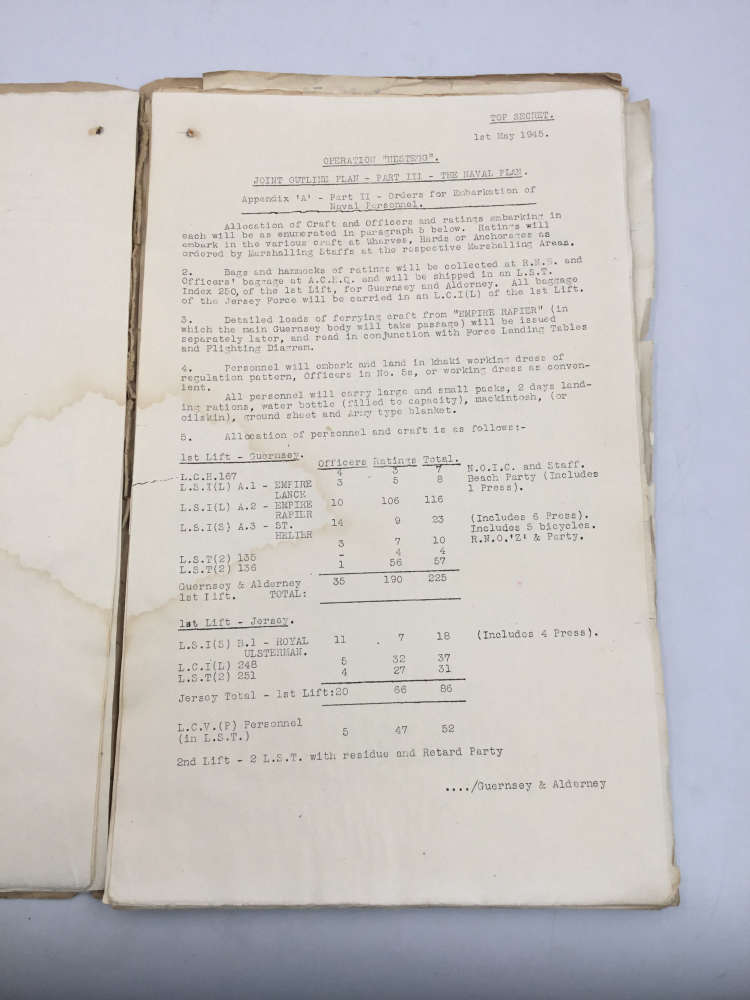
Nestegg turned out a little differently with a senior German officer signing the surrender of Guernsey early in the morning.
The small liberating contingent, now famous locally and known as Force 135, walked without hindrance through St Peter Port.
Jersey surrendered hours later, Sark the next day and Alderney a week after the main two islands.
The Nestegg papers go under the hammer on 13 August with a guide price of £800 to £1,200.


 One of Britain’s rarest fungi has been found on Alderney
One of Britain’s rarest fungi has been found on Alderney
 Channel Islands' parliamentary Standards Commissioner resigns
Channel Islands' parliamentary Standards Commissioner resigns
 Guernsey Deputies vote not to suspend St Pier
Guernsey Deputies vote not to suspend St Pier
 States of Guernsey chief exec apologises for IT system failures
States of Guernsey chief exec apologises for IT system failures
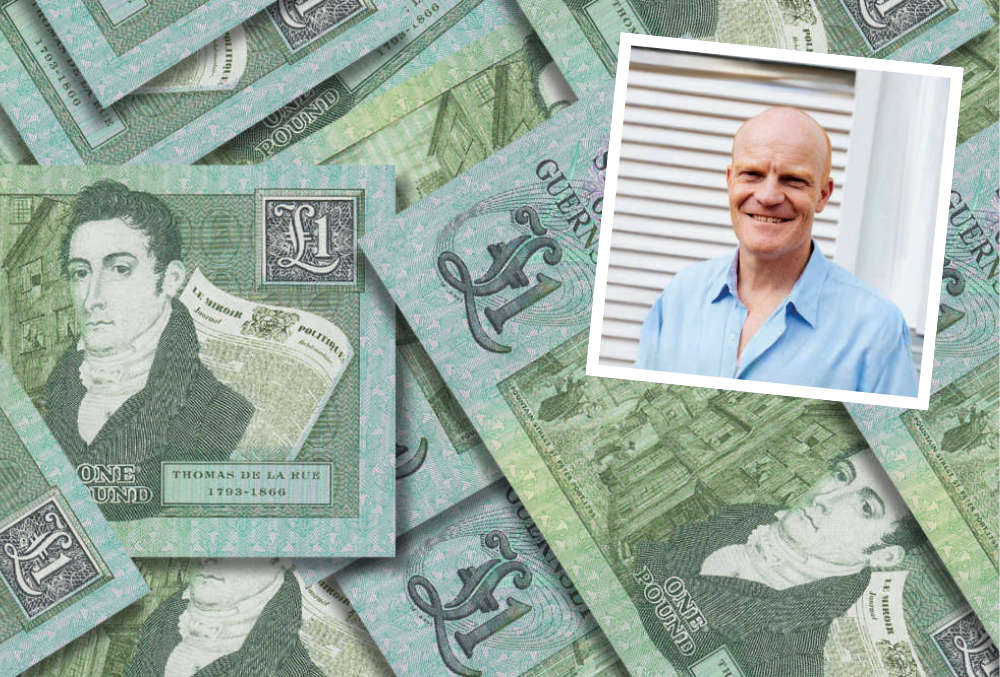 Areas of Guernsey's States IT transformation branded 'shocking waste of public money'
Areas of Guernsey's States IT transformation branded 'shocking waste of public money'
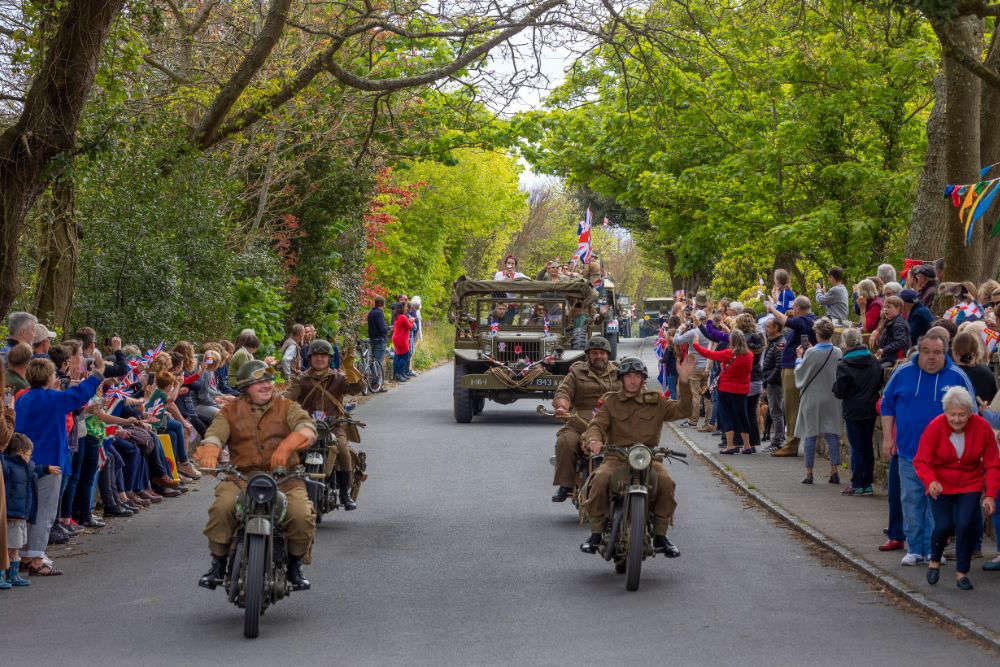 Guernsey's Liberation Day 2026 celebrations to be more low key
Guernsey's Liberation Day 2026 celebrations to be more low key
 Guernsey's Sexual Offences Law to include AI related crimes
Guernsey's Sexual Offences Law to include AI related crimes
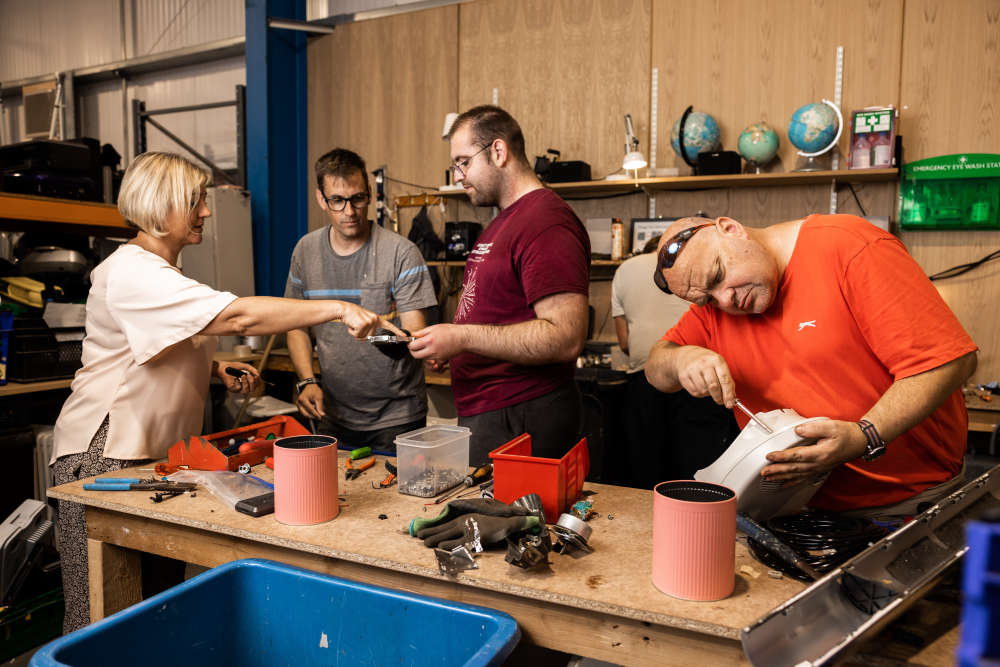 Lloyds Bank Foundation opens 'unrestricted funding' for all CI charities
Lloyds Bank Foundation opens 'unrestricted funding' for all CI charities




